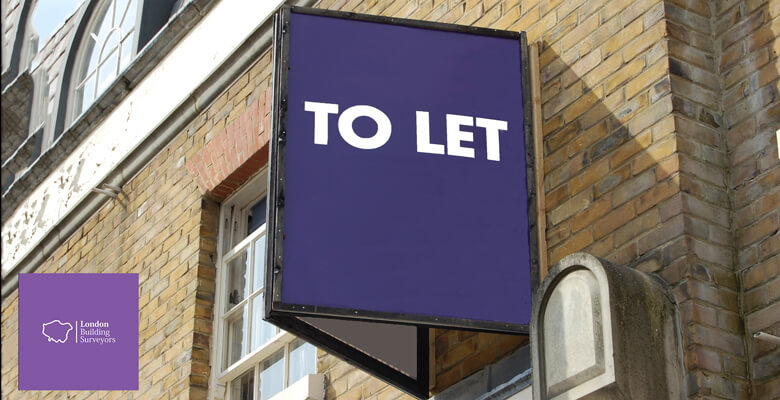
Amid the political uncertainty, falling house prices and unwelcome taxes, there is one clear window of opportunity that has become apparent to the savvy London property investor: buy-to-let property.
What makes purchasing property to let so attractive in the current market?
Whereas some investors may have previously found themselves priced out of the London property market and sought cheaper alternatives such as university towns or by moving their sights further north of the country, the falling prices are proving that property in London is more affordable. While the knock-on effect of falling house prices is not normally something to get excited about, for landlords there is one marked exception. While house prices fall, rental yields are on the up. Better still for landlords, the low prices are understandably spooking would-be homeowners, drastically reducing competition in the market.
Why London?
Falling house prices or booming market, London will remain the eternal hot-spot for both buyers, landlords and tenants. The market may fluctuate by various degrees, but there remains a strong undertow of demand for rental property. The other great thing about London for landlords? The dramatic variation from borough to borough in terms of prices and rent expectations.
What is rental yield and how is it calculated?
Rental yield is the annual rental income of a property expressed as a percentage of the value of the property. Calculating expected rental yields before purchasing for a landlord is an invaluable opportunity to choose a property with the best return value. The rent yield is calculated by taking the annual rent figure, deducting all expenses such as bills and mortgage payments, and then dividing the remainder by the purchase price and multiplying by 100.
Why are rental yields rising?
When house prices fall but rental yields do not, net rental yields rise. With the demand from prospective tenants still sky-high in the capital, there is no reason for landlords to reduce rent prices, despite paying less for the property initially.
Areas of London with the highest yields
The top borough with the highest rental yield between February 2018 – 2019 is Westminster, closely followed by Hackney and in joint third place, Tower Hamlets and Wandsworth.
Lowest yields
The areas of London with the overall lowest yields are Kensington and Chelsea, followed by Richmond and Camden.
Whatever the outcome of Brexit, London property-owners remain in a relatively safe position thanks to the enduring popularity and desirability of the capital city.
Contact Us
Contact London Building Surveyors on 020 8257 5766 or go to the contact form here if you have any further questions and would like to discuss a professional building survey.